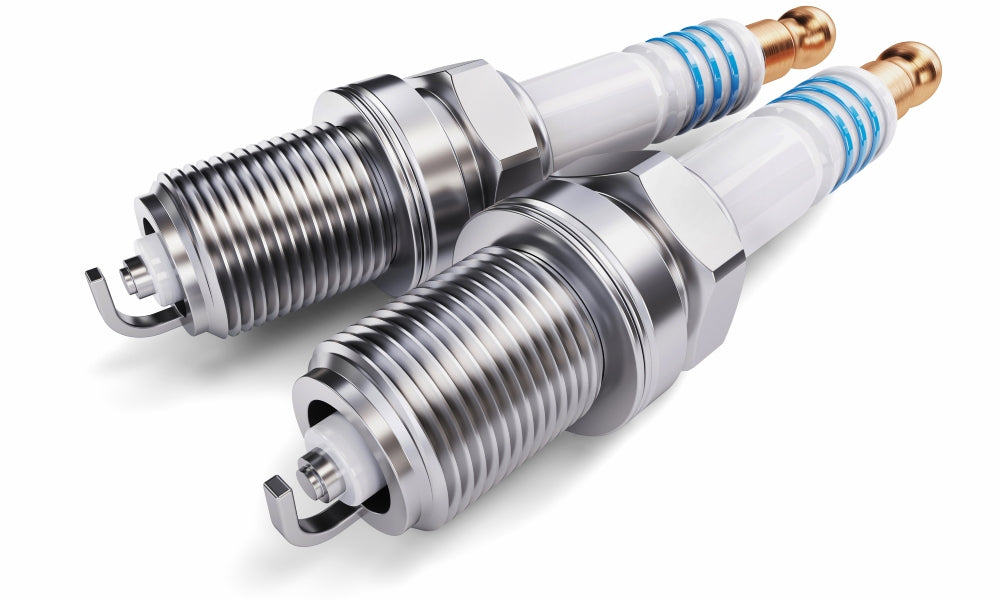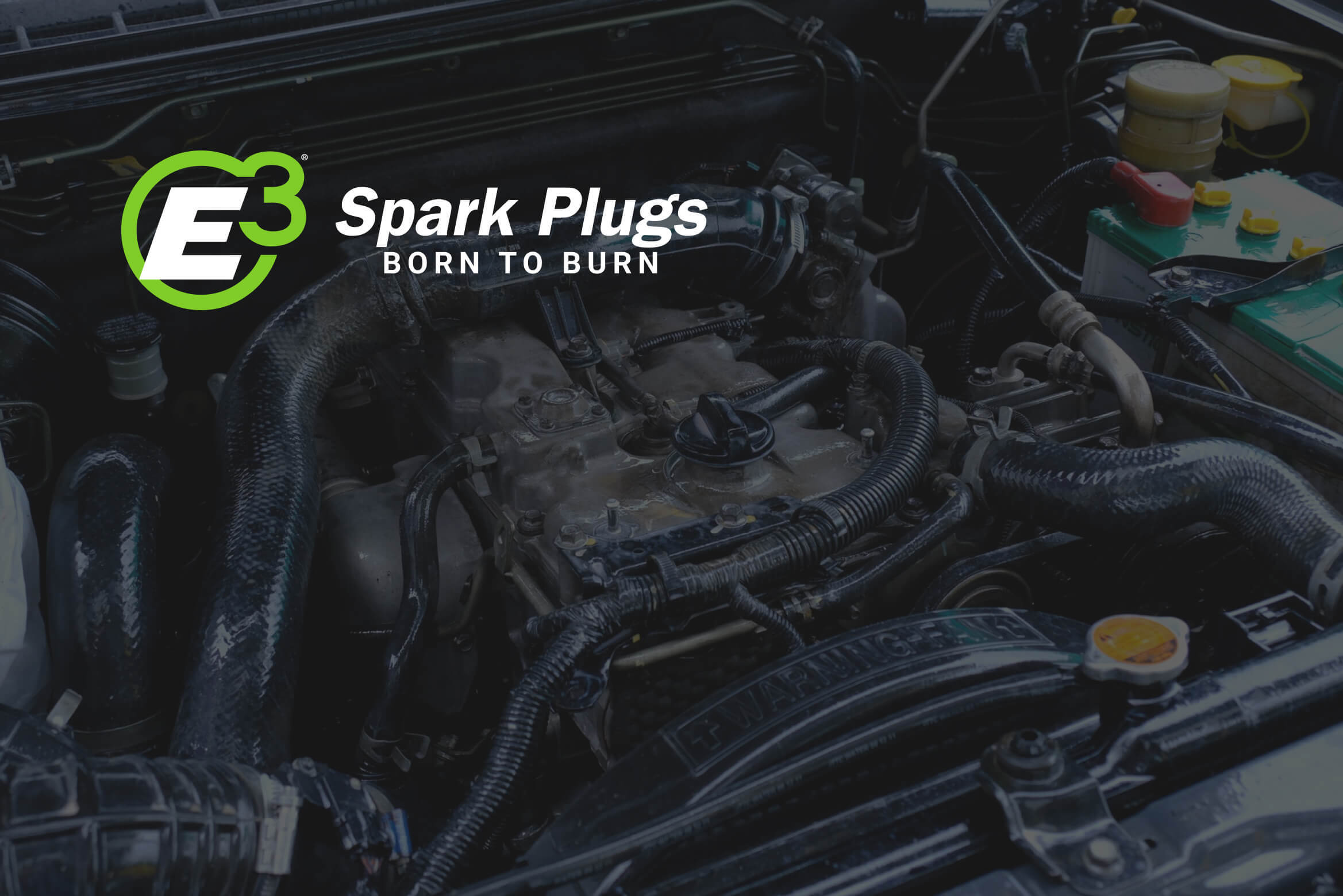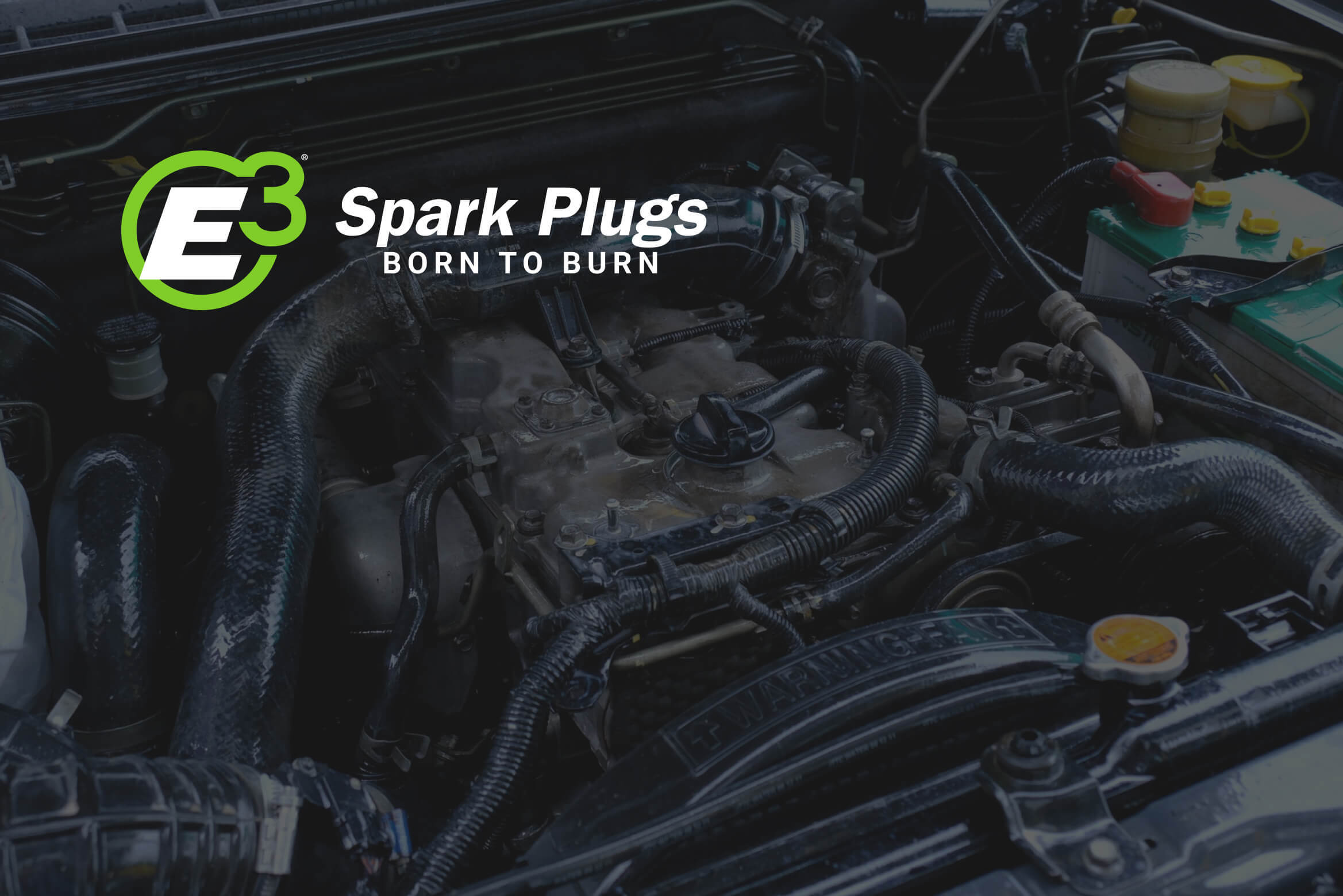
If inanimate object6s could talk there would be no end to the stories they tell. But while they may not be audible, the spark plugs in your ride actually are quite capable tale-tellers. You just have to know how to read them - preferably before your car, truck, SUV or motorcycle's engine suffers damage.
To that end, the automotive experts at E3 Spark Plugs offer a few clues:
- Safe hues: Take a look at the tips of your spark plugs. If they're somewhere between white and grayish-tan, it's an indication that your engine is in good shape. If you see a pink hue, don't be alarmed. It's simply a sign of deposits from additives in unleaded fuel burned off during combustion.
- The color of trouble: If your spark plug tips are a charcoal color and smell of gasoline, you've got potential trouble. It's a warning sign that your ride's engine needs an adjustment. Specifically, it's an indication that the cylinder from which the plug was removed is failing to fully burn all of the fuel taken in. Common culprits are a sticking choke, ignition problems, overly rich fuel-air mixture, or a plug with a heat range that's too cold. A black, sooty coating is another clue that trouble is afoot. It can be a warning of a weak ignition system due to a faulty magneto or generator, an overly rich fuel mixture courtesy of a misadjusted carburetor, or an improperly adjusted or malfunctioning choke. Tan-colored deposits on spark plug electrodes or insulator tips can mean warn piston rings or valve guides. If you spot a black, oily substance coating the center and ground electrodes, you may be looking at oil in the combustion chamber due to worn rings, valve guides or valve seals. And a brownish-yellow glazed coating on a ceramic insulator tip can mean there's lead in your fuel additive.
- Cracks, chips and breaks: If your spark plug insulator is cracked, chipped or broken, it could be a warning sign of a timing issue or use of a too low octane fuel.
- Erosion: Check the spark plug's center and ground electrodes for rounded edges or other signs of excessive wear. Either could mean your ride is long overdue a new set of spark plugs.
- Melting: A melted look to a spark plug's center, ground electrode or ceramic insulator tip likely means that you chose the wrong plug for your engine or that the plug was installed incorrectly. It also could point to cross firing of ignition cables, over-advanced timing, too lean a fuel mixture, accumulation of combustion chamber deposits, or hot spots in the combustion chamber due to poor heat dissipation.
- Bending: If your spark plug's center or ground electrodes are bent out of their proper positions or if the ceramic tip is broken or missing, there's a good chance that you've got a foreign object inside the cylinder or that the improper thread length was used when the plugs were last changed.
To make sure you're choosing the right plug for your ride, check our online cross-reference catalog. And if you haven't already made the switch, know that E3's unique diamondfire design means a cleaner, stronger, more fuel-efficient burn.







